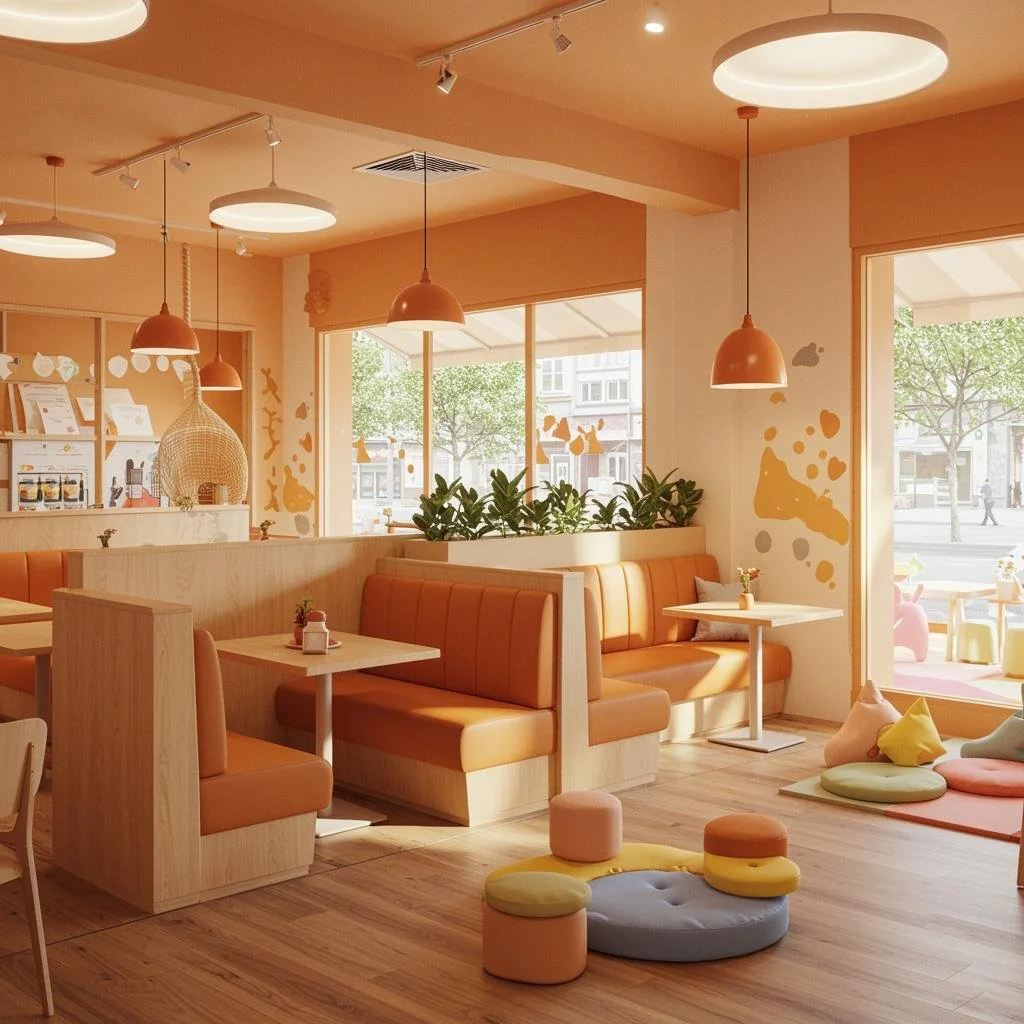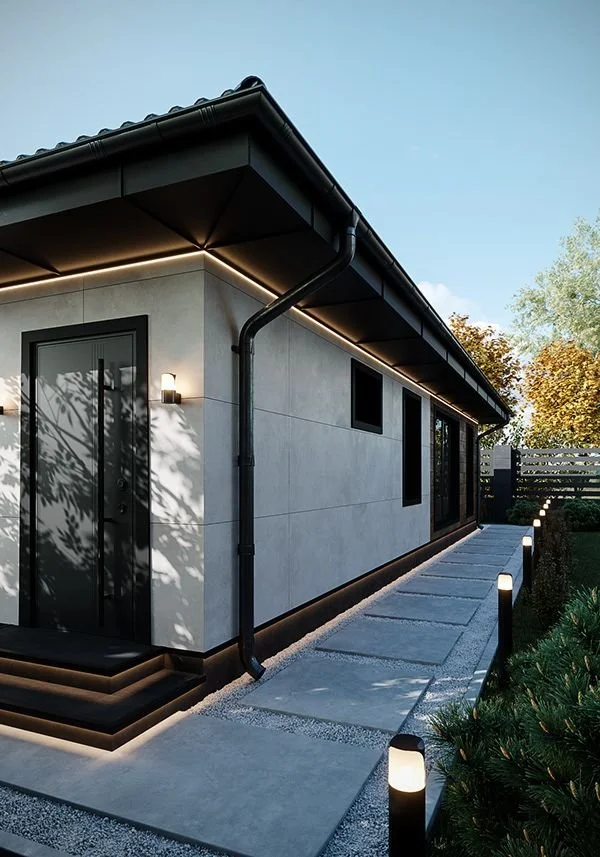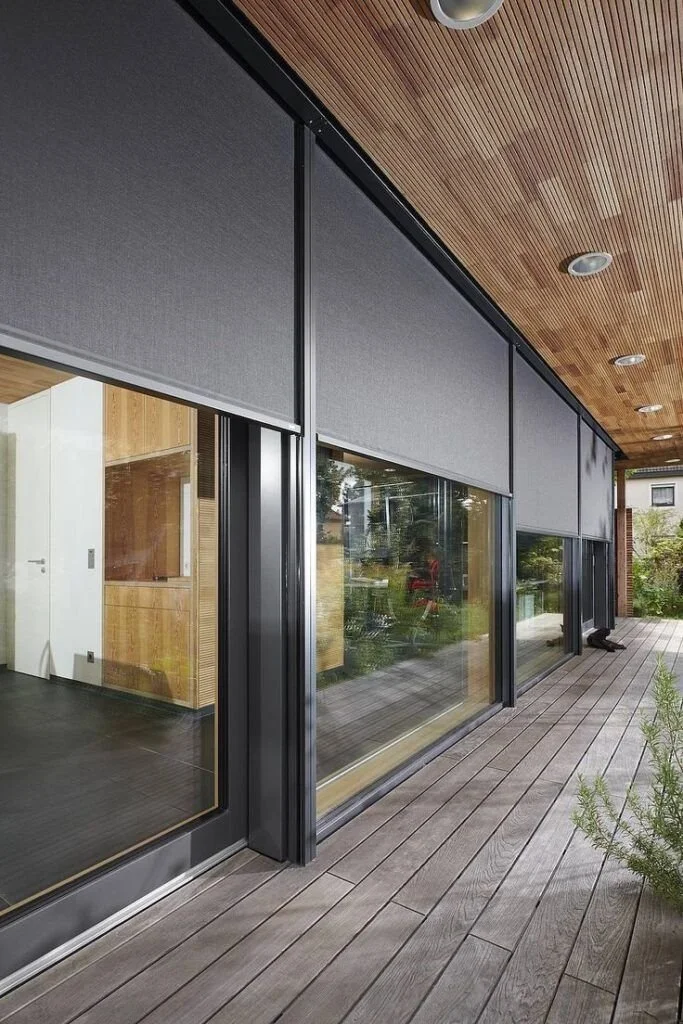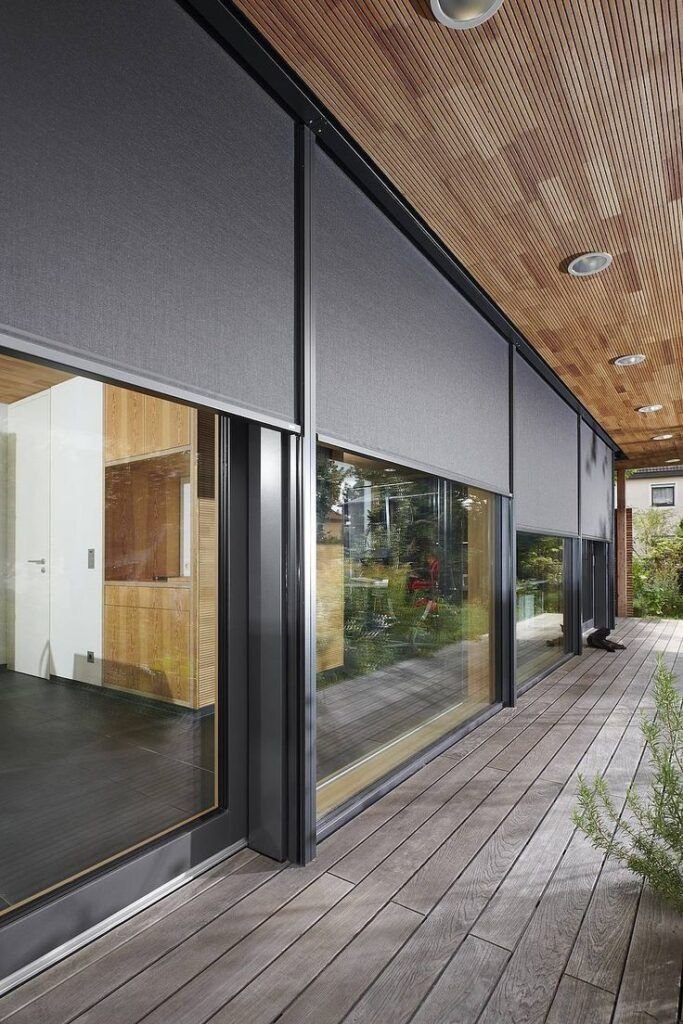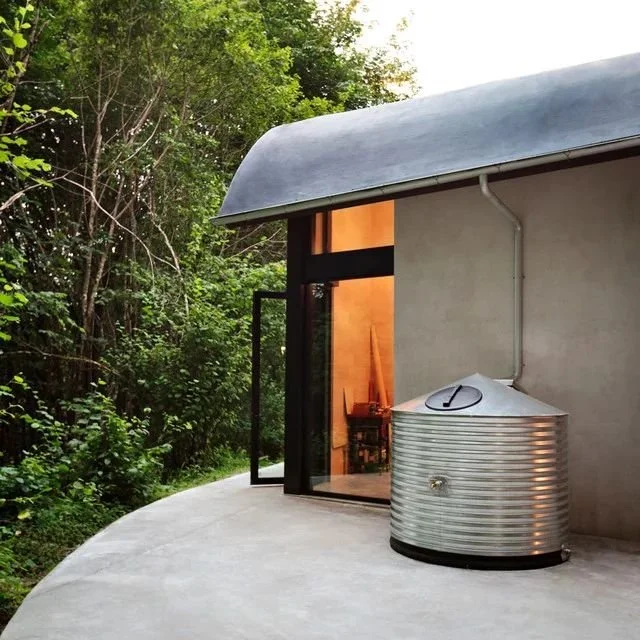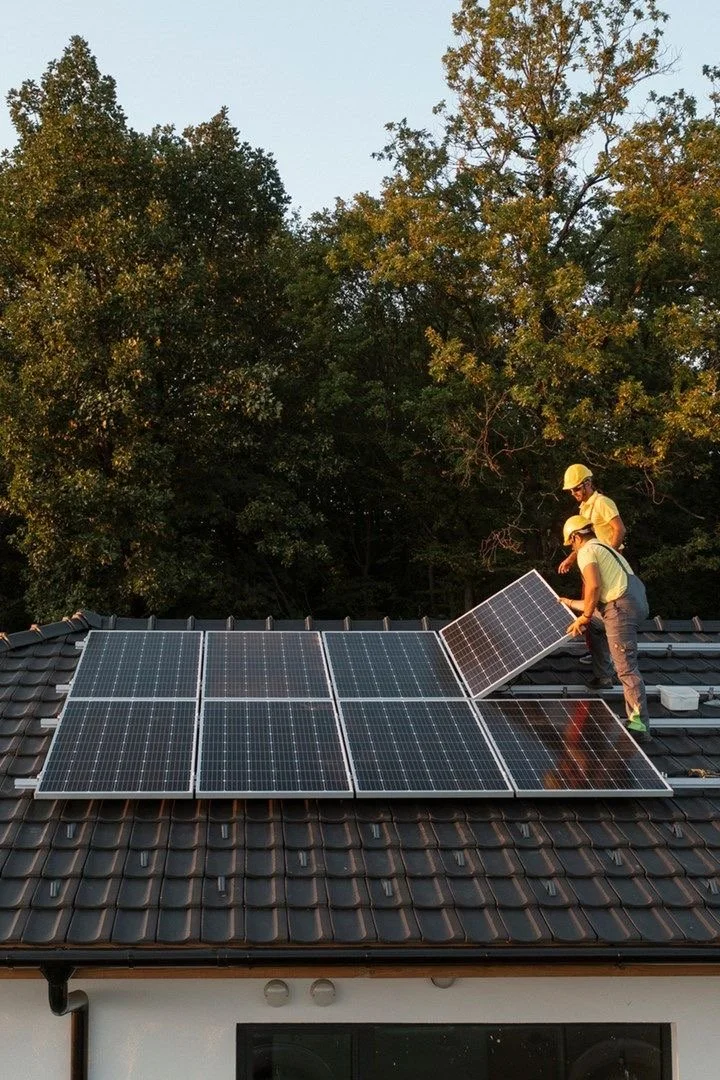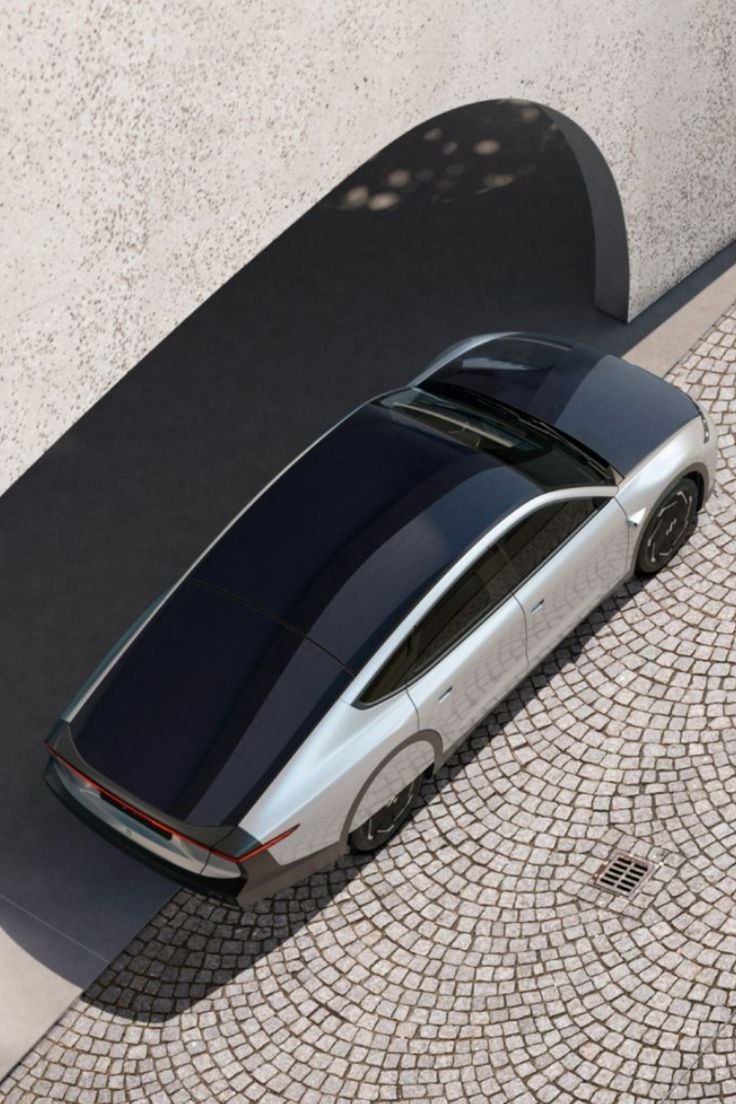Finding a reliable residential demolition contractor in today's market can feel like searching for a needle in a haystack. The demolition industry faces significant workforce challenges, yet the demand for skilled commercial demolition contractor services continues to grow as urban renewal and sustainable building practices gain momentum.
This fascinating intersection of challenge and opportunity is transforming how companies approach recruitment, training, and retention in ways that align perfectly with conscious living principles. In this article, we explore how forward-thinking demolition companies are embracing innovation, inclusivity, and intention to not only meet growing demand but also attract a new generation of skilled workers who care about purpose, impact, and progress.
No. 1
The Hidden Wisdom of Deconstruction
There’s something deeply symbolic about demolition work that resonates with personal growth journeys. Just as we sometimes need to clear away old thought patterns to make room for new perspectives, buildings occasionally require removal to create space for fresh beginnings. The demolition contractor serves as a guide through this transition, turning what could be a chaotic process into a methodical transformation.
The industry is evolving from the stereotypical “wrecking ball” approach to a more thoughtful deconstruction methodology that prioritizes material recovery and environmental stewardship. This shift mirrors our own wellness journeys, where we learn that dismantling old habits works best when done with intention and care.
No. 2
Attracting a New Generation of Talent
The demolition field offers surprising benefits that appeal to today’s conscious workforce. For starters, the work provides immediate visual feedback and tangible results—a rarity in our increasingly digital world. There’s something deeply satisfying about witnessing physical transformation, whether it’s clearing space for a new community garden or preparing a site for sustainable housing.
Companies that communicate these meaningful aspects of the work are finding success in attracting people who might never have considered demolition as a career path. By highlighting the environmental impact, community renewal aspects, and the blend of physical and technical skills required, demolition contractors are reframing their industry narrative.
“We’re not just taking buildings down,” shares one industry veteran. “We’re facilitating urban renewal, historical preservation through salvage, and material recycling. Our team members see themselves as environmental stewards as much as demolition experts.”
No. 3
Creating Inclusive Pathways to Meaningful Work
Innovative demolition companies are partnering with community organizations to create training programs that welcome diverse participants. These programs often include mentorship components, technical education, and hands-on experience with increasingly sophisticated equipment.
The skills developed through these programs—problem-solving, spatial awareness, safety consciousness, and teamwork—transfer well to many life situations. This holistic skill development appeals to individuals seeking work that contributes to both personal growth and community well-being.
Some forward-thinking contractors have implemented apprenticeship models that make entry into the field accessible without requiring extensive prior experience or education. These structured learning paths provide stability and clear progression—important factors for those seeking career changes or entering the workforce.
Chelsea Green Publishing
Since 1984, Chelsea Green has been the leading publisher of books about organic farming, gardening, homesteading, integrative health, natural building, sustainable living, socially responsible business, and more.
No. 4
Technology as a Bridge, Not a Barrier
Rather than positioning technology as a replacement for human workers, the most successful demolition contractors integrate technology as a complementary tool that enhances human capabilities. Drones for site surveys, remote-controlled demolition robots for hazardous areas, and virtual reality for training create safer working environments while requiring new and interesting skill sets.
This approach to technology parallels healthy uses of wellness tech—the tools should support and enhance our human experience, not replace the fundamentally human elements of the work.
Companies that invite their teams to participate in technology selection and implementation find greater buy-in and enthusiasm. When workers see technology as something that makes their jobs safer and more interesting, rather than threatening their livelihood, innovation becomes a team effort rather than a top-down mandate.
No. 5
The Well-Being Advantage
In an industry historically known for tough working conditions, demolition contractors focusing on worker well-being are gaining a competitive edge in recruitment and retention. Initiatives like flexible scheduling (where project timelines allow), mental health support, and physical wellness programs demonstrate a commitment to team members as whole people.
Like tending a garden, nurturing a workforce requires consistent attention to creating the right conditions for growth. The contractors seeing the greatest success recognize that addressing labor shortages isn’t just about filling positions—it’s about creating an environment where people want to stay and develop.
No. 6
Community Connection as a Recruitment Strategy
Demolition work happens in communities, affecting local residents and businesses. Companies that approach their work with community sensitivity not only build better local relationships but also create natural recruitment channels.
By participating in community events, offering educational site tours (when safe), and communicating proactively about project impacts and benefits, demolition contractors build local goodwill. This community presence naturally attracts interest from residents who might not otherwise consider the field.
Some companies take this a step further by specifically hiring from the communities where they work, creating employment pathways that keep economic benefits local. This approach resonates deeply with conscious consumers and workers who prioritize local impact.
No. 7
Cultivating Leadership From Within
Like a well-tended perennial garden, sustainable workforce solutions require planning for continuous renewal. The most resilient demolition contractors implement deliberate leadership development, identifying team members with potential and providing mentorship, additional training, and gradually increasing responsibilities.
This “grow your own” approach to leadership creates institutional knowledge continuity while providing advancement opportunities that keep valuable team members engaged. It also ensures that future leaders understand both the technical aspects of the work and the company culture, maintaining consistency through inevitable industry changes.
No. 8
Embracing the Circular Nature of Growth
The demolition industry’s evolution toward greater sustainability perfectly illustrates the circular nature of growth—endings create beginnings, and what appears to be destruction can actually be the first step in creation. By embracing this philosophical perspective and communicating it clearly, demolition contractors are finding resonance with a workforce increasingly motivated by purpose and meaning.
This approach aligns beautifully with the personal growth journey, where we continually reassess, remove what no longer serves us, and create space for new possibilities. Perhaps there’s no better metaphor for conscious living than thoughtful demolition—clearing away the old with intention to make room for something better.
Takeaways
In a world that’s rethinking what it means to build, grow, and thrive, demolition is no longer just about destruction. It’s about intention. It’s about making space for possibility.
The contractors leading this shift are doing more than meeting demand—they’re creating careers, restoring communities, and aligning their work with values that matter.
For job seekers, community leaders, and conscious consumers alike, the message is clear: demolition done right is a powerful force for good.
So the next time you see a building coming down, look a little closer. You might just be witnessing the first step in something beautiful.
Looking for Business Resources?
Are you seeking ways to elevate your business to new heights? Dive into the array of resources provided by our esteemed business partners designed to empower your ventures
























